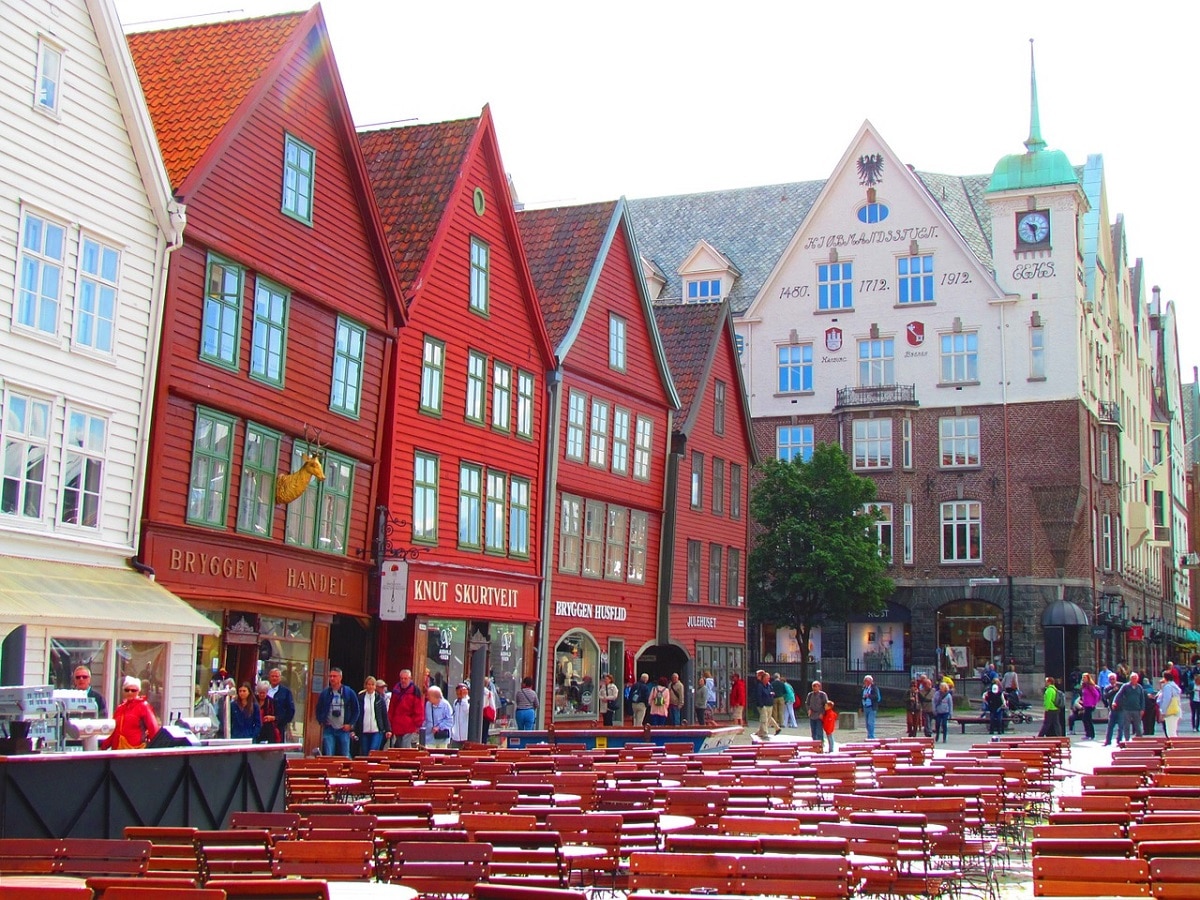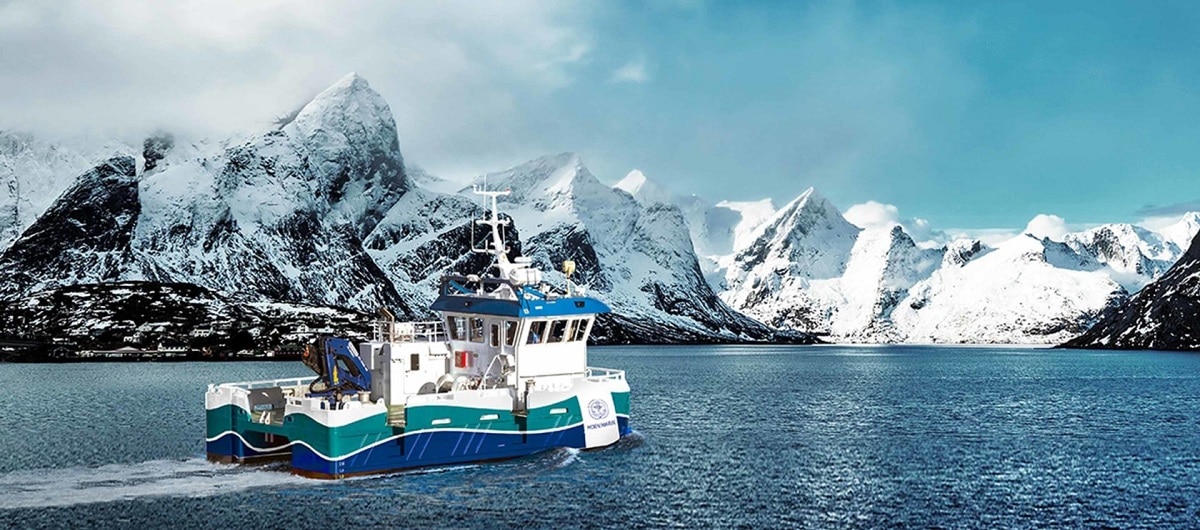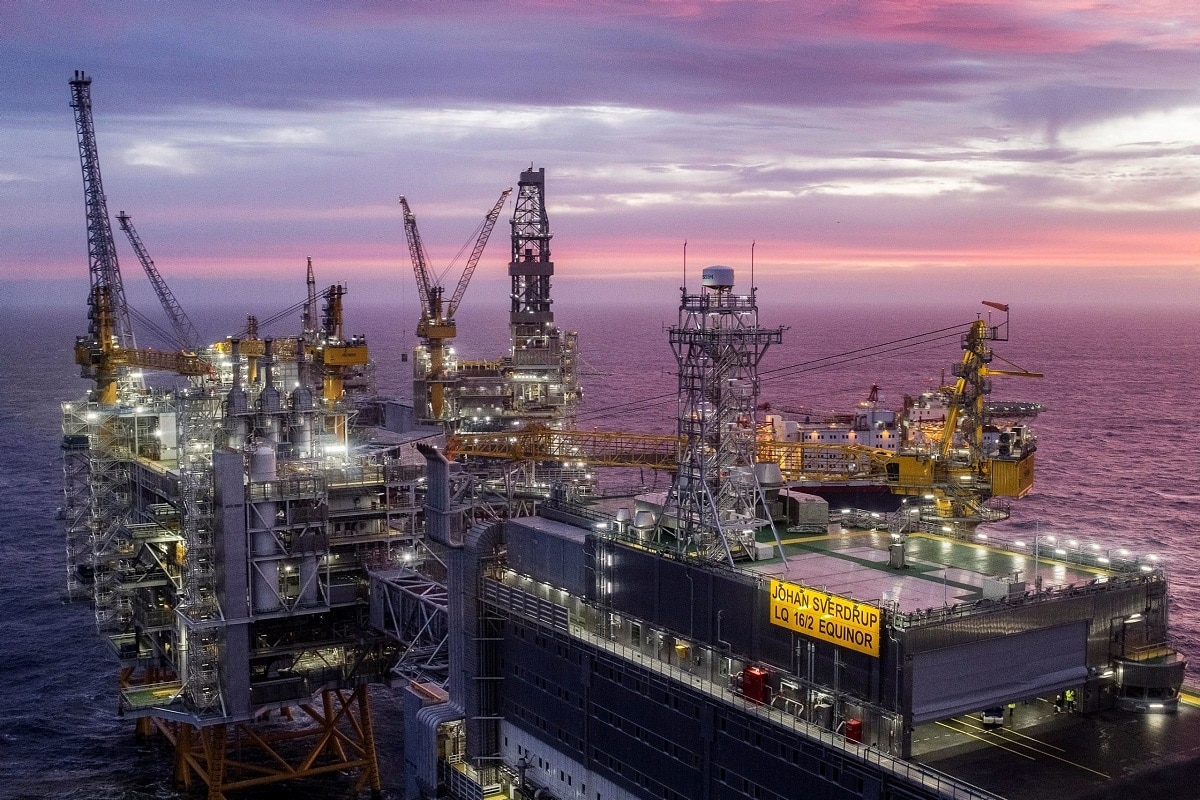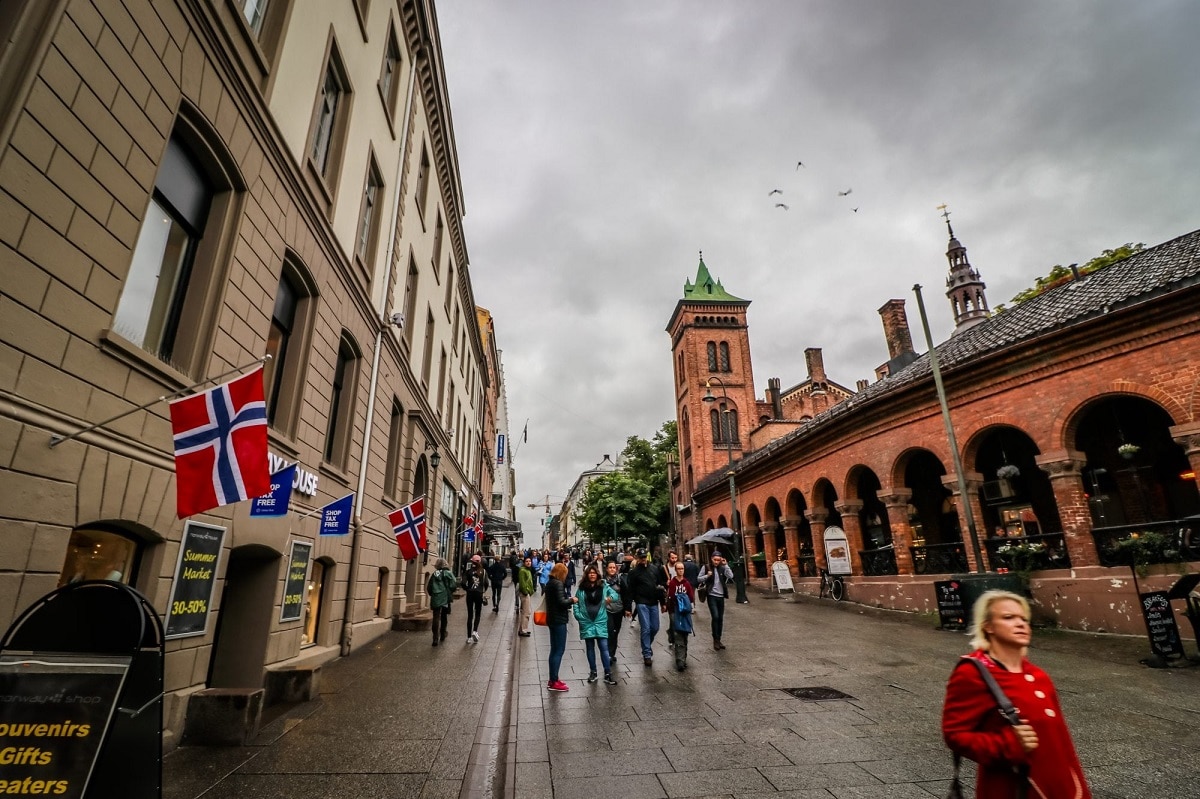
Norway, with a population of 4,6 million people on the northern periphery of Europe, is today one of the richest countries in the world. The Norway's economic development it is reflected both in GDP per capita and in social capital. Furthermore, Norway regularly appears at the top of the United Nations Human Development Index.
How do you explain this success? The key lies in the huge reserves of natural resources of which the country has. But that is not enough. The existence of a skilled workforce and the effort to adapt to new technologies..
La Norwegian economic history It can be classified into two main phases: before and after the country's independence in 1814.
Before independence
The Norwegian economy was historically based on the production of local farming communities and other complementary activities such as fishing, hunting and forestry. Trade was kept alive by an ever-growing merchant fleet.

Fishing continues to play an important role in the Norwegian economy
Due to the topography and climatic conditions, communities in the north and west were more dependent on fishing and foreign trade than communities in the south and east, which relied mainly on agriculture. At this time the main economic center was the city of Bergen.
Economic development of Norway in the XNUMXth century
When, after 417 years, Norway obtained Their independence In Denmark in 1814, more than 90% of the population (about 800.000 people) lived in rural areas. In 1816 the Central Bank of Norway and a national currency was introduced: the specialler.
The true economic development of Norway began to take its first steps in the late XNUMXth century. Thanks to the export of iron, coal, wood and fish, the country experienced a great commercial boom, surpassing neighboring Sweden. On the other hand, the introduction of new cultivation methods increased the productivity of agriculture and favored the development of livestock.
At the same time, Norway became a power in the sector of the maritime transport. Its fleet represented no less than 7% of the world total in 1875. The country's industrialization process took place in several waves.
Crisis and growth
La World War I it was a stagnation for the economic development of Norway. The country paid the consequences of its excessive economic dependence on the United Kingdom, then its main trading partner. Lacking opportunities in their country, many Norwegians emigrated to America in the first half of the XNUMXth century.
The German occupation of the country in the 40s stopped the timid recovery attempts of the previous decade.

Much of Norway's economic prosperity is based on oil
After the war, Norway faced the challenge was to rebuild its economy. It was then that the Norwegian state adopted the social democrat recipe, which was successful thanks to the discovery of large deposits of oil and gas in the North Sea.
The golden years of the Norwegian economy they are those that go from 1950 to 1973. In this period the GDP increased dramatically, foreign trade accelerated, unemployment disappeared and the inflation rate remained stable.
The world economy was shaken in 1973 by the so-called "oil crisis". Logically, as a producer country, Norway was severely affected. The social democratic doctrine had to be modified with liberal solutions, with high interest rates and currency devaluations.
The financial crises of the late XNUMXth and early XNUMXst centuries affected many Norwegian companies, while the state took over most of the largest commercial banks to avoid a total financial meltdown.
Norway's economy today
Today the country has a solid and solid economy. The oil sector is still very important. It is a fact that the good management of the country's natural resources has contributed to making Norway one of the most prosperous economies in the world today.

Norway is the first country in the world in the Human Development Index
The factors that make the difference between Norway and other oil-producing states are the following: the training of the workforce, the culture of adoption of advanced technologies from other leading countries, and stable political institutions.
Interestingly, Norway has repeatedly refused to be part of the European Union. It also maintains the national currency, the Norwegian krone. However, it is adhered to European Economic Area (EEA)
Today Norway is the sixth country in the world and the second in Europe in GDP per capita according to data from the International Monetary Fund (IMF). It should also be noted that, according to estimates by the United Nations Development Program, Norway is the first country in the world to Human development Index.